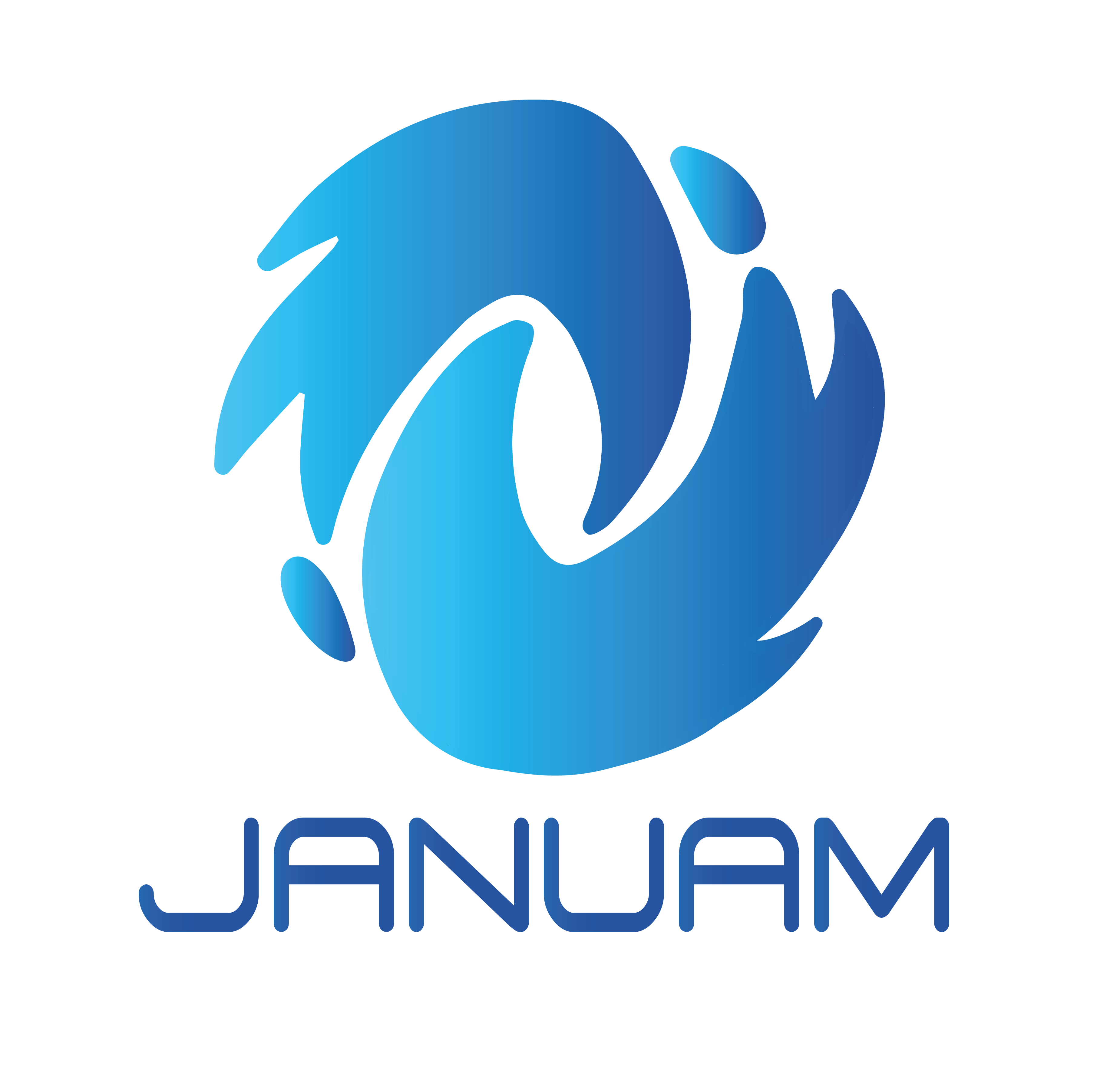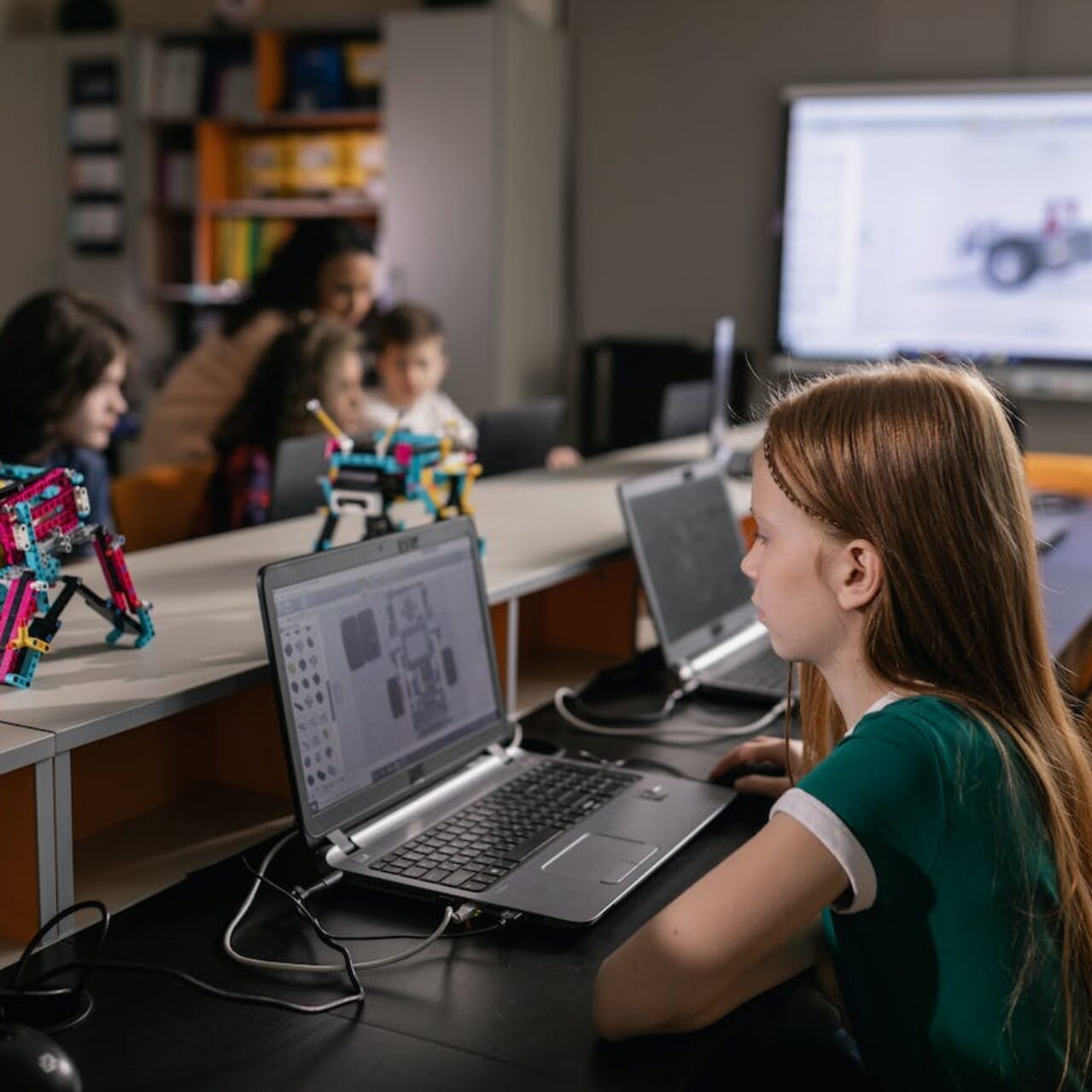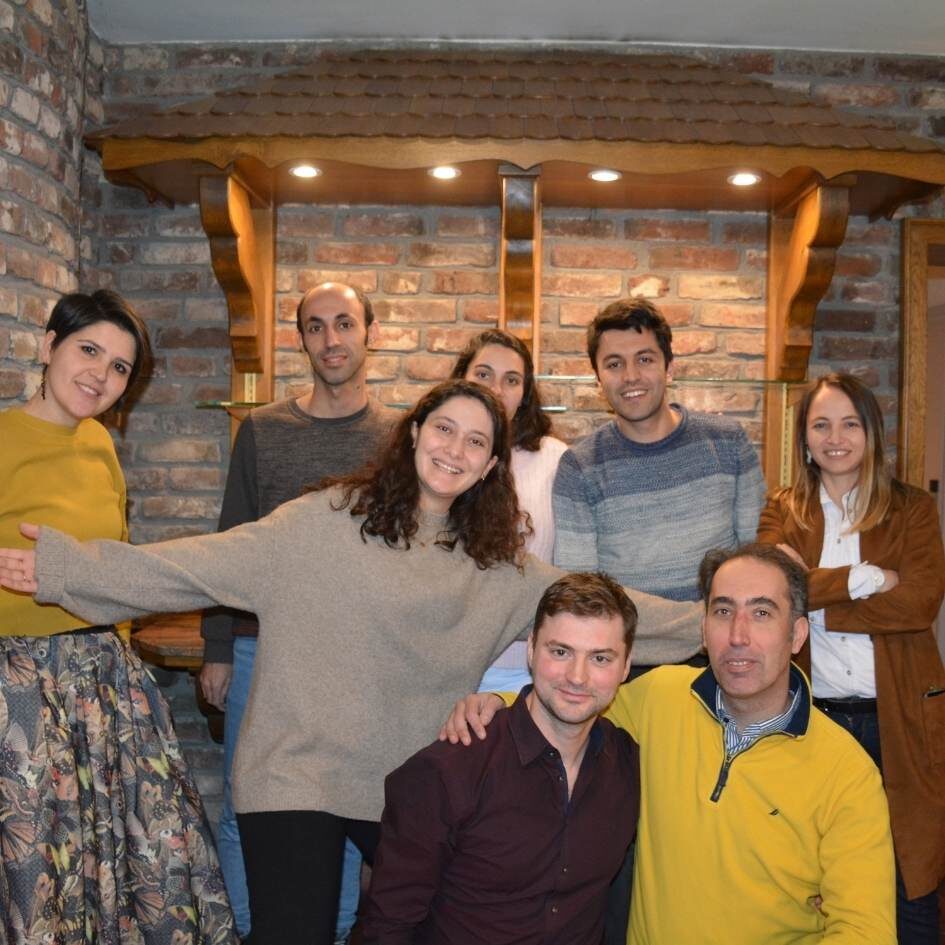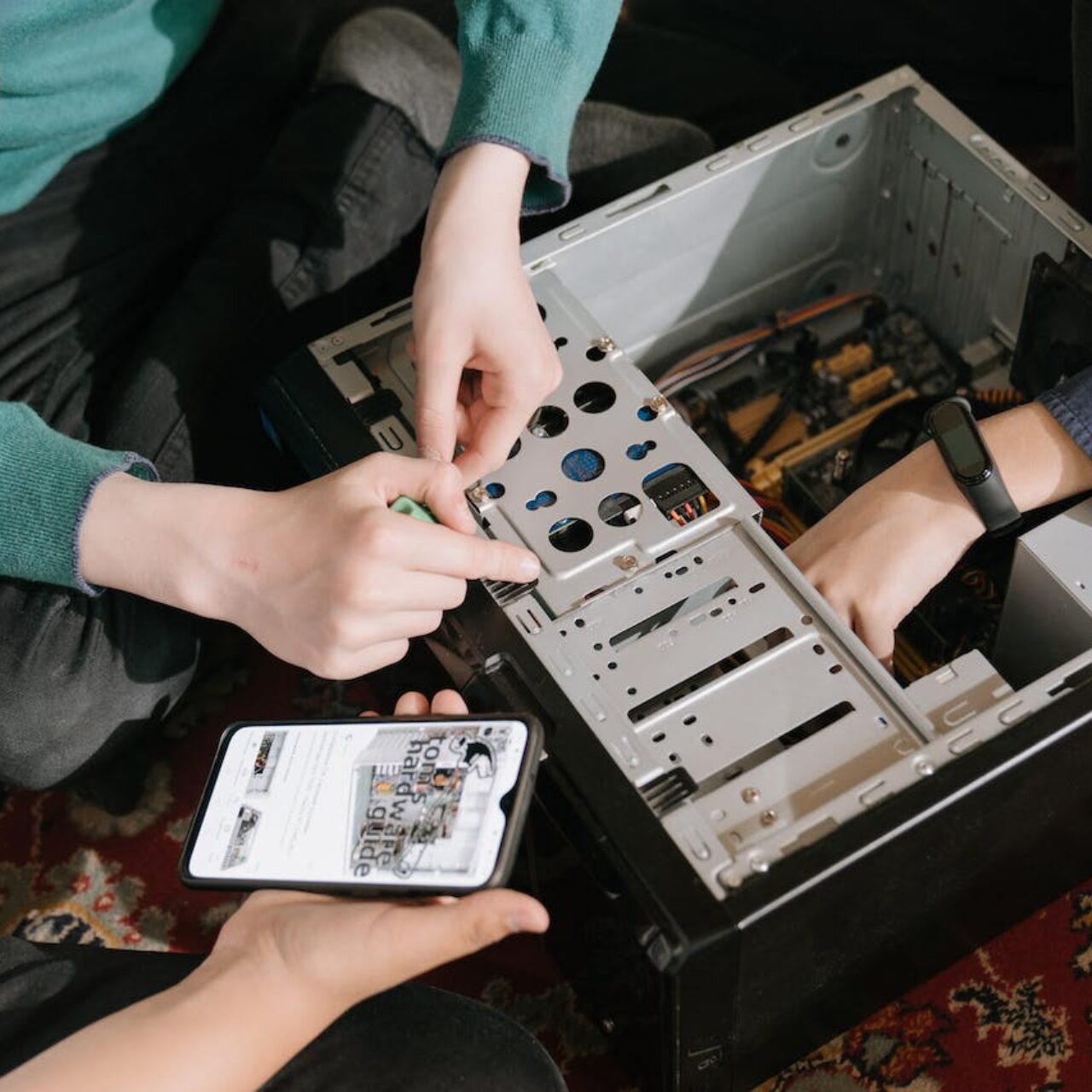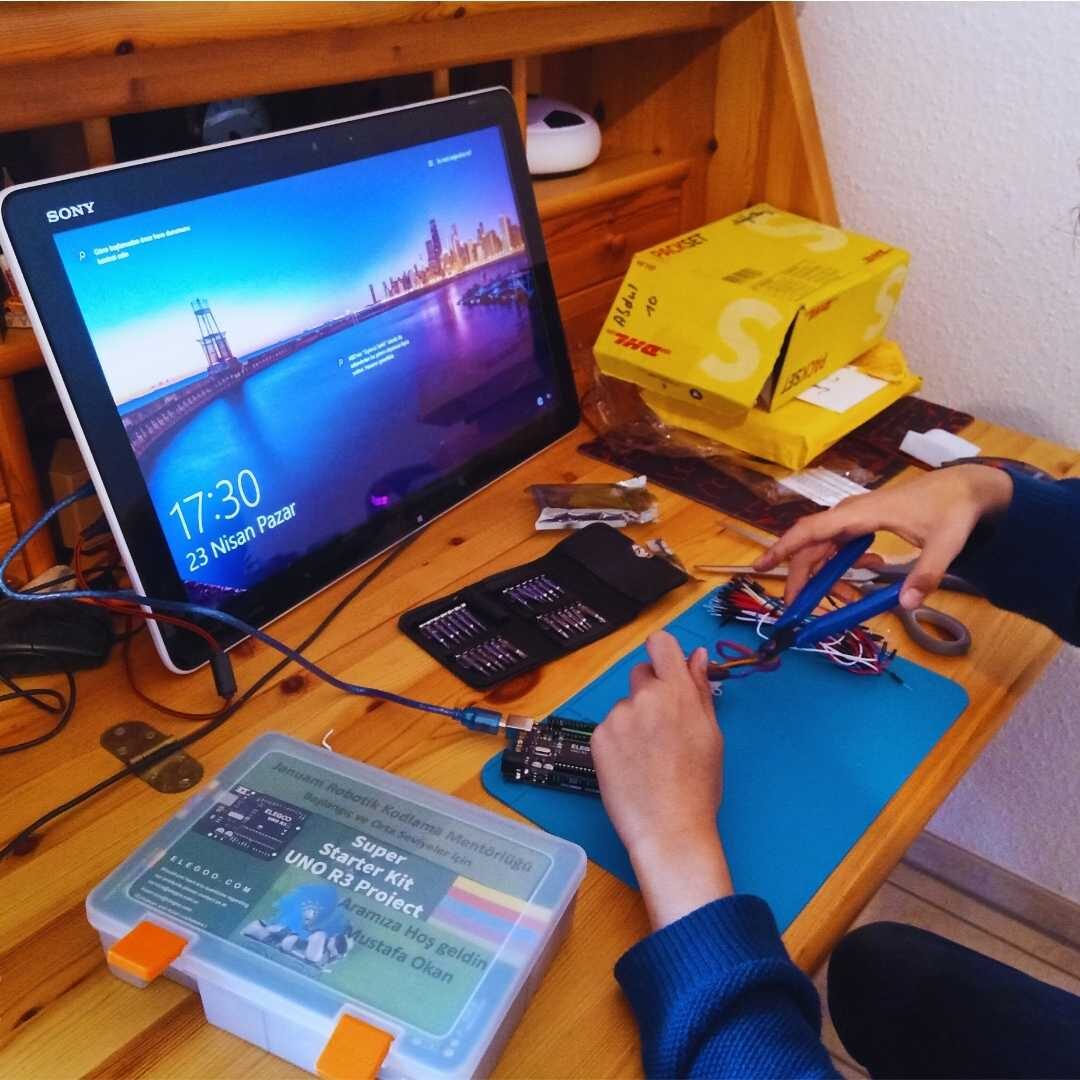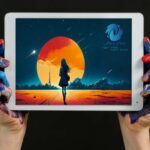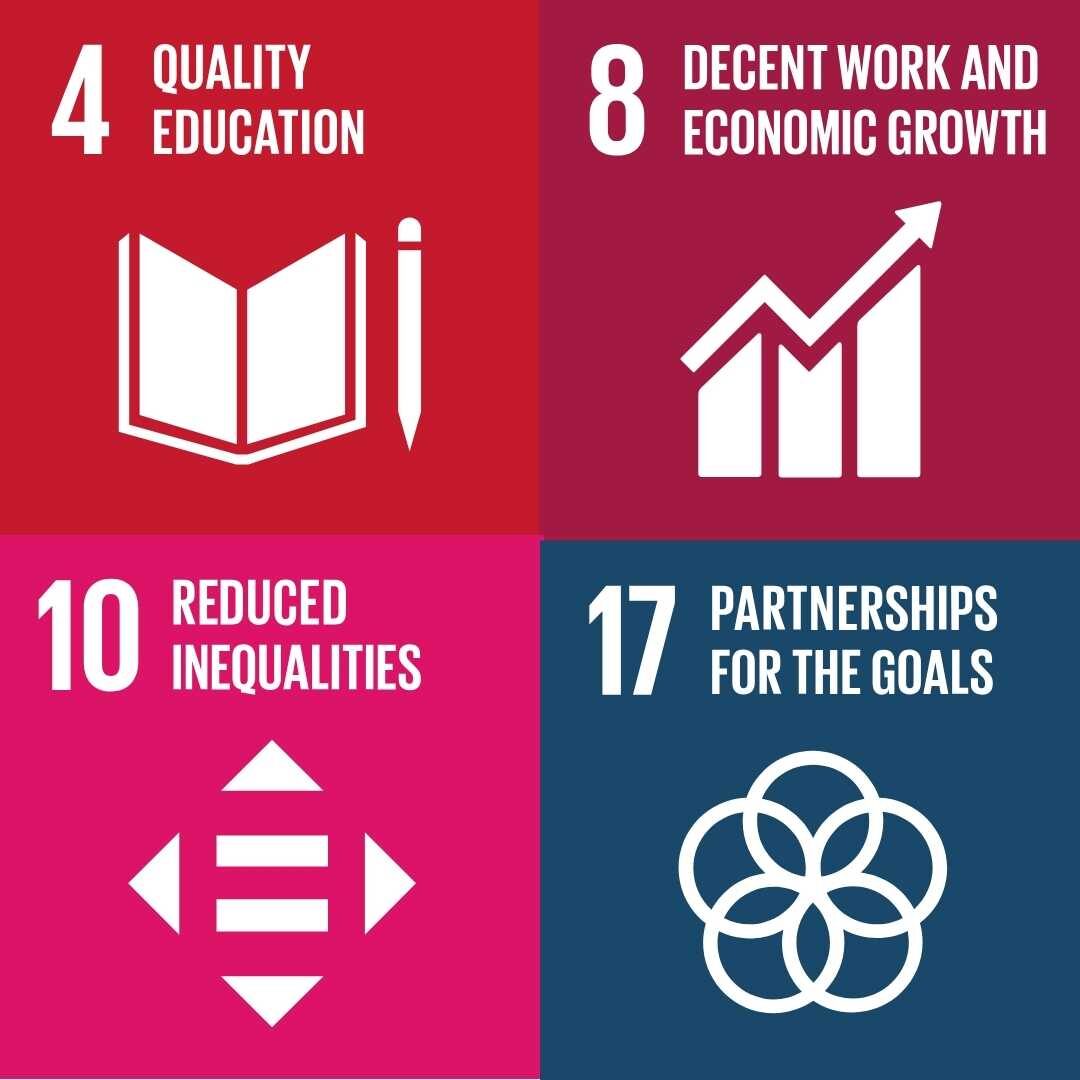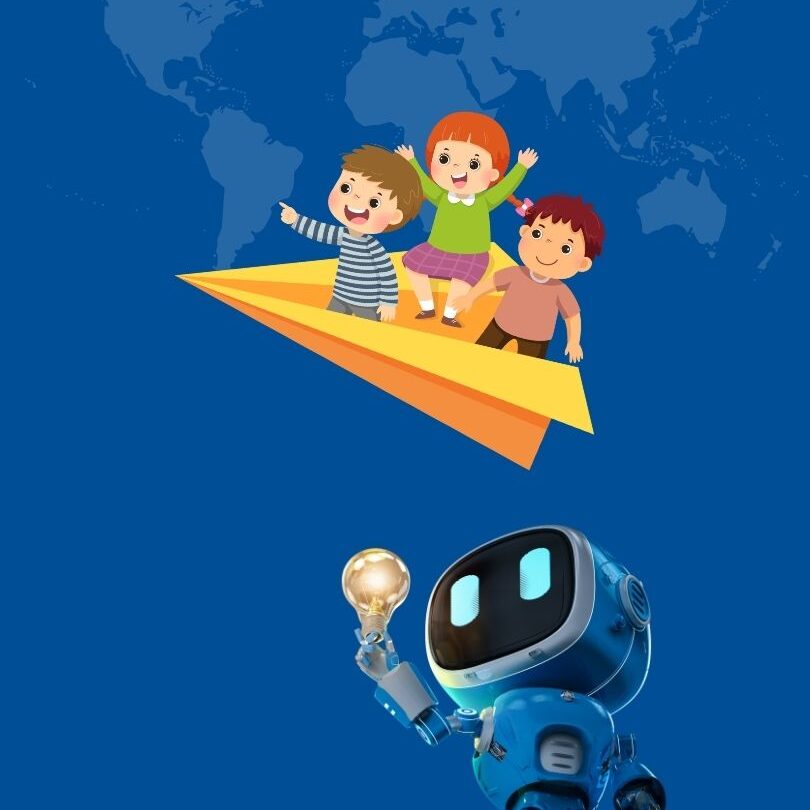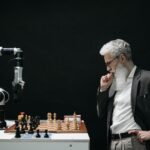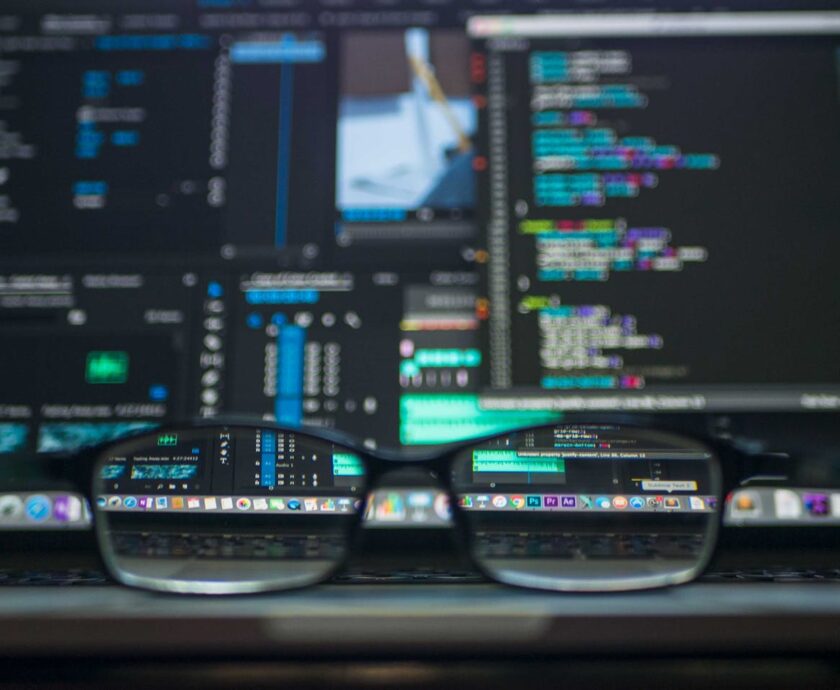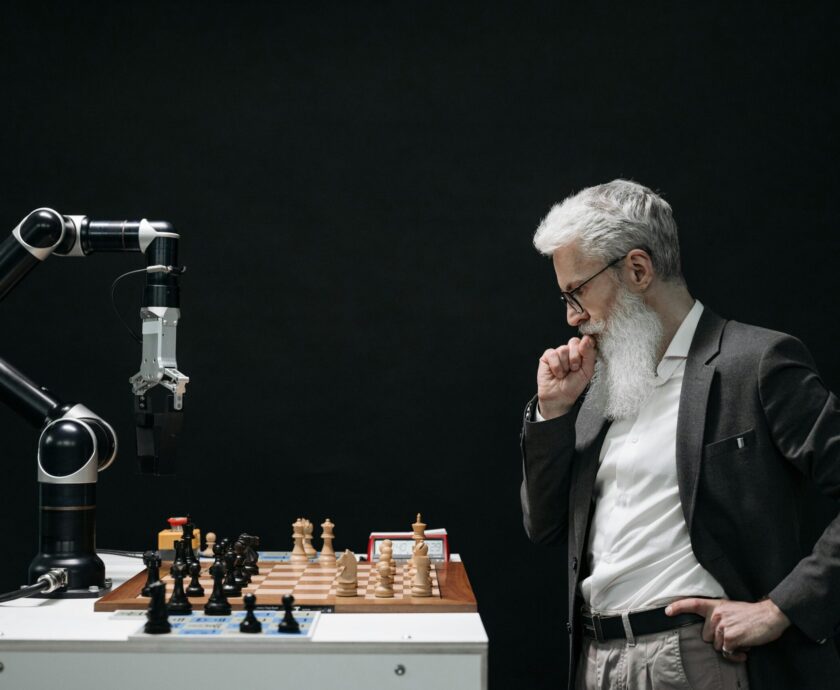The Gateway to an Informational World
The world over, digital information literacy has nowadays become a necessity in trying to navigate through the mass of information at our fingertips. Digital technologies have become so key to our existence that they allow us to access information, communicate, and make decisions. In as much as the internet and social media are great sources of knowledge, they equally present a fertile ground for misinformation, disinformation, and manipulative tactics.

It follows, therefore, that investment in digital information literacy skills is not only highly desirable but exigent for informed and effective decision-making in our digitized world.
What is Digital Information Literacy?
Digital Information Literacy encompasses finding, selecting, using, and sharing information with the facilitation of digital tools and platforms. It is actually a wider skillset that enables individuals to critically explore the ocean of data available over the internet for taking appropriate fact-based decisions in the information age.
Digital information literacy encompasses many elements of competency including:
Information Literacy: The understanding of when information is needed and the ability to locate, evaluate, and then use the required information effectively.
• Media Literacy: Understanding and analyzing media content to discern bias, intent, and impact.
• Computer and IT Literacy: Knowing how computers, smartphones, and all the other access devices work in using digital information.
• Social Media Understanding: To understand what social media is and how it works in creating or changing public opinion.
• Digital Literacy: Awareness on the understanding of one’s rights and responsibilities in digital space on matters regarding privacy, security, and intellectual property rights.

Why is Digital Information Literacy Important?
Digital information literacy goes beyond academic performances; it is a competence needed in daily living. In this way, we can be more responsible in using digital media, acting as better consumers and wiser Internet surfers.
This skill set will enable us to:
• Evaluating News and Information: Assess the veracity of news articles, social media posts, and online advertisements.
• Manipulation: Identify biased or misleading content with the intent to mislead.
• Protect Ourselves from Cyber Dangers: How to protect privacy, create un-guessable passwords, and surf on the net safely.
• Civic Engagement: Make informed decisions that support and contribute to active, responsible citizenship.
In other words, digital information literacy enables us to interact with information critically, not passively. Being able to do this is crucial in decision-making-from voting to purchasing to sharing information-based on the best available knowledge.

MIL and DIL: Two Paths Toward Digital Information Literacy
Where digital information literacy is the generic term, it is closely related to media and information literacy. The concepts prevent one from being just a passive receiver of information; instead, it equips one with critical, analytical ability, evaluation, and creation of content in a digital environment.
Media and Information Literacy (MIL)
UNESCO identifies that MIL encompasses a wide range of competencies related to content analysis: MIL is competency in understanding and critically assessing the different forms of both traditional media and new media.
Other key competencies in MIL include:
• Content Analysis: To understand the different types of media content, including commercial materials, sponsored, and propaganda.
• Source Verification: Establishing the sources and authors of the media content in order to verify its credibility.
Digital Information Literacy (DIL)
DIL builds upon MIL, with a special emphasis on digital skills and online information assessment as key in the current media context. Essential DIL skills include the following:
Lateral reading involves verification through the inspection of other sources for determining reliability.
• Reverse Image Searches: Using tools like Google Images to verify the authenticity of images.
• Critical Evaluation Social Media Content This assignment shows how to assess the author publication sources links and purpose of a social media post.
Besides this, DIL helps a person in content analysis and source verification in order to enable constructive civic participation, best preparing him or her for meaningful engagement in digital space.

Challenges in the Digital Space
Though digital platforms offer unparalleled access to information, a number of challenges unique to the digital environment prevent us from making informed decisions. The major ones are as follows:
Information Overload
With all the information on the Internet, sometimes it is hard to know what is credible. A good source is not easy to recognize in the case of information overload while not falling into the trap of misinformation.
Misinformation and Disinformation
Where digital platforms accelerate processes to create and spread information, misinformation-either false information spread unintentionally or disinformation, false information spread deliberately-acquires pandemic speeds. This at times gets translated into real-life consequences on the ground in the form of public opinion and decisions.

Algorithmic Bias and Filter Bubbles
Algorithms on social media and search engines work to make user experiences more personalized. In their convenience, they create “filter bubbles” for us-that is, showing us only content that aligns with our past behavior, limiting our exposure to diverse perspectives, and reinforcing preexisting beliefs.
Privacy and Security Issues
While digital platforms amass loads of information about users, the chances of privacy and security breaches increase. Hence, people should very well understand what is being shared and take appropriate steps towards keeping it within their private circle.
Developing Tips of Digital Information Literacy Skills
Digital information literacy can only be developed through constant exercise and by being interested in changes in technologies and media. Some practical steps:
• Evaluation of Source: Information accepted must always come into question, whether it is valid or credible. Find the author’s credentials, the publication’s purpose, and whether other sources support the given information.
• Lateral Reading: The verification of the information with several sources should be done before one commits to the truthfulness of the claim. Opening extra tabs might help clear up potential biases or mistakes regarding the background and credibility of the author and organization.
• Reverse Image Search: Employ search engines like Google Images or TinEye to cross-check whether any image shared is indeed posted in an appropriate context online. Reverse searches will quickly show if an image has been reused or manipulated to support misinformation.
Social Media Literacy
The title, author, publication source, and purpose of the content should be considered in reading social media posts. Critical analysis of all of these helps in identifying those that could be biased or misleading.
• Password Security: Use strong passwords, change them periodically, and avoid using the same passwords on other sites.
• Privacy Settings: The setting of privacy on all the social networking sites and other sites for limiting the type of personal information which is disclosed.
• Follow credible sources: Make a list of news houses and other authoritative sources that are trusted. Base your facts on them so as not to be preyed on by sensational or dishonest claims.

Digital information literacy has come to be a requisite skill in today’s information age. It arms us with the necessary competencies to venture into the digital space with discretion, the ability to identify reliable information, and to steer clear of the detriments brought about by misinformation. As technology is still improving day by day, digital information literacy will be a growing concern to lift the standard even higher with respect to critical thinking, responsible engagement, and informed decision making in the digital era. In developing these competencies, we are protecting not only ourselves but also informing, making responsible, and connecting a global society.
References
- https://immune2infodemic.eu/
- https://faktabaari.fi/dil/digital-information-literacy-guide.pdf
- https://unesdoc.unesco.org/ark:/48223/pf0000265403.locale=en
- https://www.educationcounts.govt.nz/publications/tertiary_education/education-literacy/80624 – https://unesdoc.unesco.org/ark:/48223/pf0000265403.locale=en
Author: Yunus Emre Karahalil
